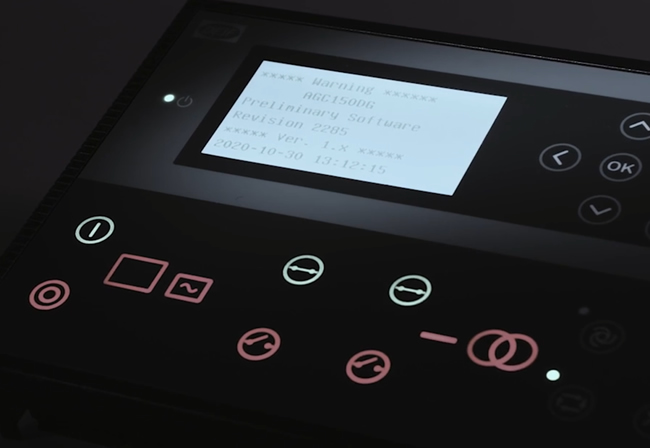Capacitive touch sensors are a type of electronic sensor that can detect the presence or absence of an object through capacitance changes. These sensors are commonly used in touch screens, touchpads, and other touch-sensitive devices.
In this article, we will take a closer look at capacitive touch sensors, including their technology, advantages, and how they work.
A capacitive touch sensor works by detecting changes in capacitance. Capacitance is the ability of a material to store an electrical charge. When a finger or conductive object approaches the surface of a capacitive touch sensor, it changes the electric field of the sensor, which is detected by the sensor's electronics. This change in the electric field is then used to determine the location of the touch.
There are two types of capacitive touch sensors: self-capacitive and mutual capacitive. Self-capacitive touch sensors are simpler and less expensive, but they can only detect one touch at a time. Mutual capacitive touch sensors, on the other hand, can detect multiple touches simultaneously, making them ideal for multi-touch applications.

Capacitive touch sensors consist of two layers: a conductive layer and a dielectric layer. The conductive layer is typically made of indium tin oxide (ITO), while the dielectric layer is made of a non-conductive material such as glass or plastic.
When a finger or conductive object approaches the surface of the sensor, it creates a small electrical charge, which is stored in the conductive layer. This charge creates an electric field, which is detected by the sensor's electronics. The electronics then determine the location of the touch based on the change in the electric field.
Capacitive touch sensors have several advantages over other types of touch sensors. First, they are more durable than resistive touch sensors which rely on pressure and can wear out over time. Capacitive touch sensors are also more sensitive, allowing for more accurate and precise touch detection.
Another advantage of capacitive touch sensors is that they are not affected by dust, dirt, or other contaminants. This is because capacitive touch sensors work by detecting changes in capacitance, not physical pressure. As a result, capacitive touch sensors through plastic are ideal for use in harsh environments.
Capacitive touch sensors are a popular type of electronic sensor that can detect the presence or absence of an object through capacitance changes. These sensors are more durable and sensitive than other types of touch sensors, making them ideal for a wide range of applications.
Whether you are using a smartphone, tablet, or other touch-sensitive device, chances are you are interacting with a capacitive touch sensor. By using capacitive touch sensors through plastic, your products are more durable in harsh environments.
What to know more? Contact us today